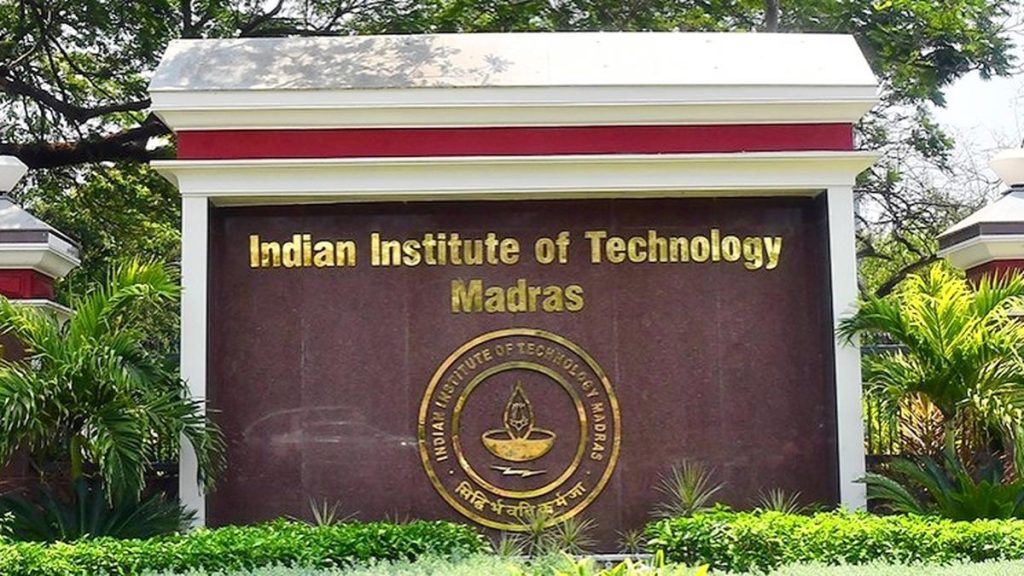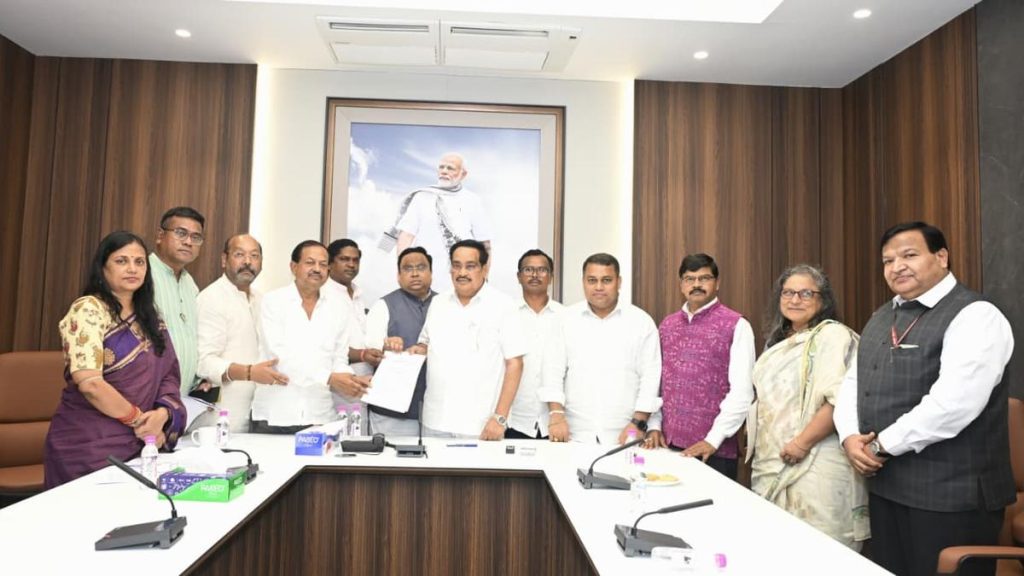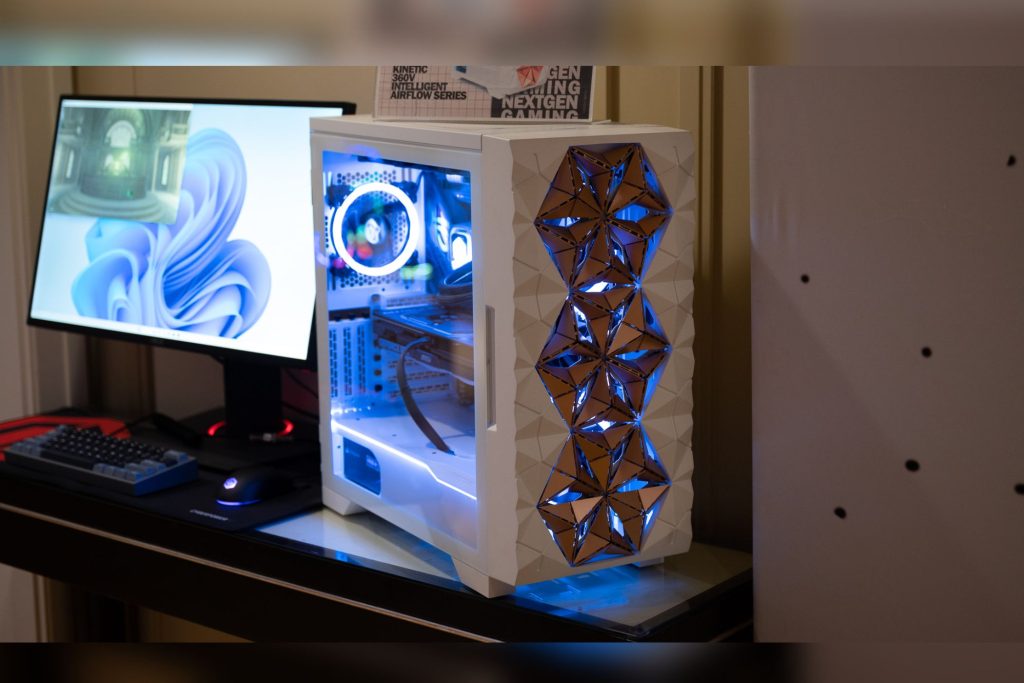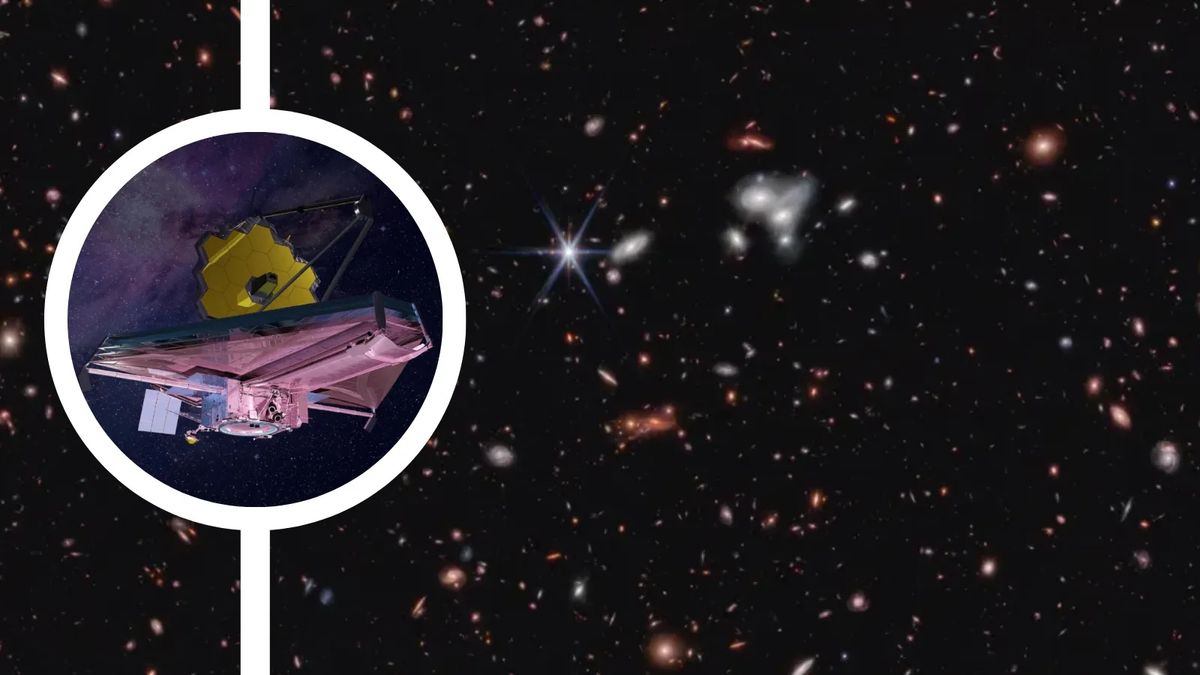Now Reading: Astronomers Uncover Cosmic ‘Bridge’ That May Solve Galactic Mystery
-
01
Astronomers Uncover Cosmic ‘Bridge’ That May Solve Galactic Mystery
Astronomers Uncover Cosmic ‘Bridge’ That May Solve Galactic Mystery
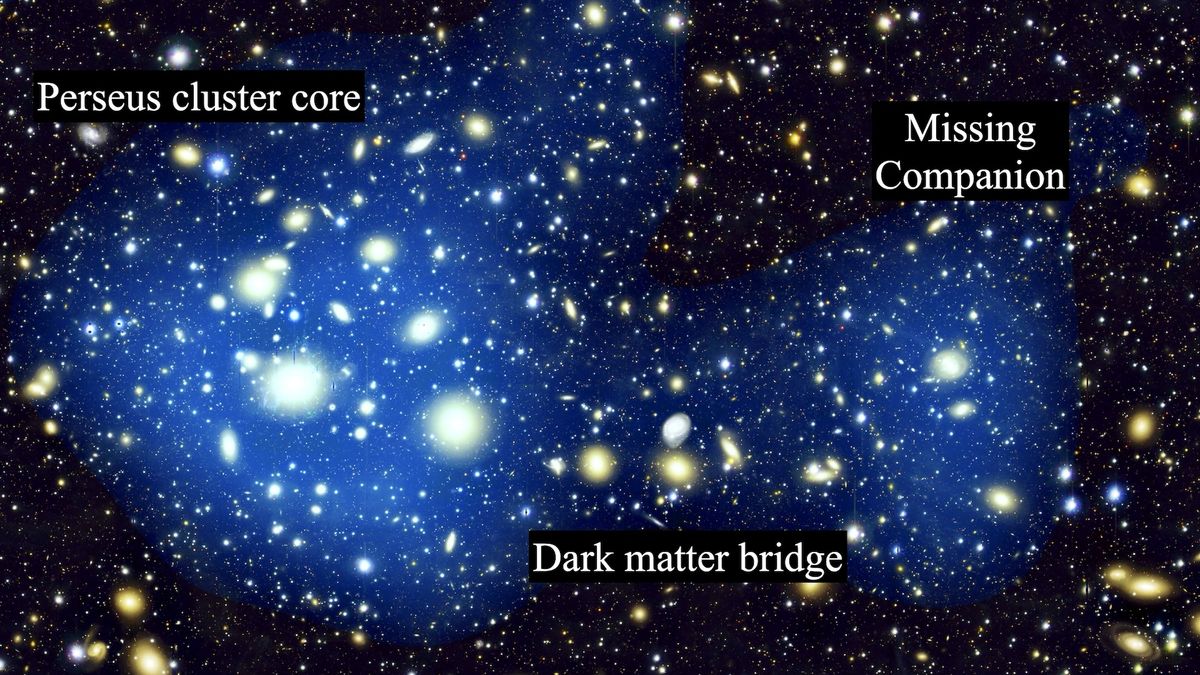
Quick Summary
- Astronomers discovered a hidden galaxy cluster that has been colliding with the Perseus galaxy cluster, using weak gravitational lensing techniques.
- The Perseus cluster, located 250 million light-years away, spans 11.6 million light-years and contains thousands of galaxies.
- Initially considered “relaxed,” indicating stability and no recent collisions, the Perseus cluster showed signs of asymmetry and cold fronts – evidence of past cosmic interactions.
- Researchers identified a smaller subcluster embedded in the outskirts of perseus surrounding galaxy NGC 1264. A mass bridge connects it to the main cluster,spanning 1.4 million light-years with almost the same mass as the Milky Way.
- Computer modeling revealed multiple collision events between this subcluster and perseus over billions of years.
- These findings are crucial for understanding how galaxy clusters form and evolve. they also demonstrate the effectiveness of weak gravitational lensing as a tool for uncovering hidden cosmic structures.
Read more: Link
Indian Opinion Analysis
The revelation highlights advancements in astrophysics that deepen human understanding of galactic dynamics-an area relevant even to India’s growing investments in space exploration. With ISRO’s increasing focus on advanced astronomy missions (e.g.,Astrosat),such studies set benchmarks that future Indian research might leverage or contribute to.
By identifying unseen structures like mass bridges through weak gravitational lensing, global collaboration can refine shared methodologies for studying dark matter-an enigma influencing our universe’s evolution yet largely uncharted by Indian scientific endeavors so far. This underscores why enhanced institutional support for astrophysical studies remains pivotal as India seeks broader involvement in high-impact space science beyond lunar or Martian exploration campaigns.


